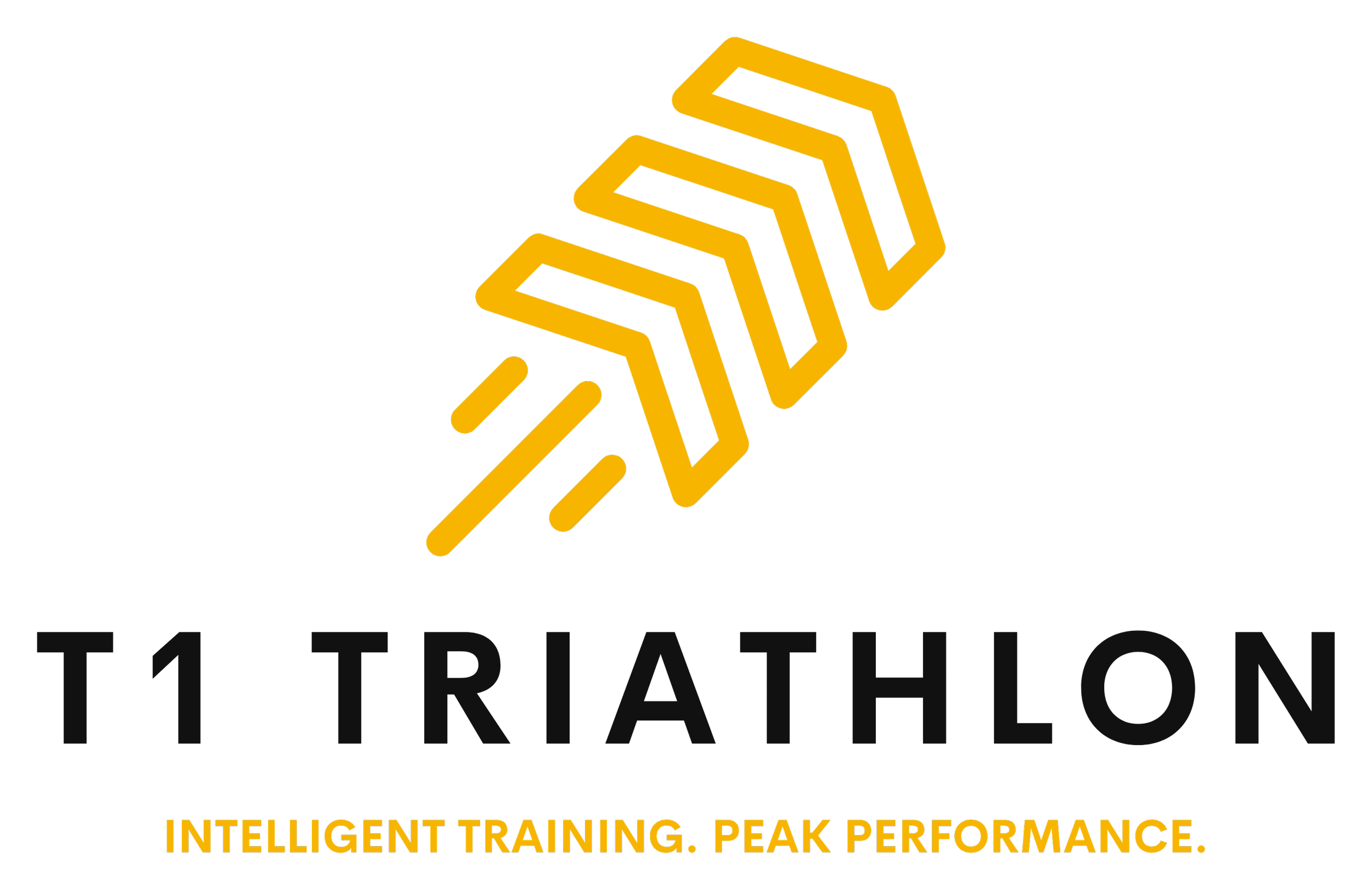How to Recover Faster After Triathlon Workouts
Triathlon training pushes your body to its limits, and proper recovery is essential for making progress, preventing injuries, and staying consistent. Without adequate recovery, you risk overtraining and burnout, which can hinder your performance. By incorporating strategic recovery techniques into your routine, you can optimize your training gains and maintain peak performance.
Prioritize Post-Workout Nutrition
What you eat immediately after a workout plays a crucial role in recovery. Consuming a mix of carbohydrates and protein within 30 minutes of finishing your session helps replenish glycogen stores and kick-start muscle repair.
Aim for a 3:1 ratio of carbs to protein for the best results. For example, a smoothie made with banana, almond milk, and protein powder is a convenient option. Real-world research backs this up: studies show that athletes who refuel promptly recover faster and experience less muscle soreness.
Stay on Top of Hydration
Hydration is critical for effective recovery. Even slight dehydration can impair your body’s ability to repair itself and lead to fatigue. Weigh yourself before and after workouts to estimate fluid loss, and aim to drink 16-24 ounces of fluid for every pound lost.
In addition to water, consider incorporating electrolyte-rich drinks to replace lost sodium, potassium, and magnesium. These minerals are essential for muscle function and preventing cramps.
Embrace Active Recovery
Active recovery involves engaging in light physical activity to promote blood flow and help flush out metabolic waste. Activities like an easy swim, a short bike ride, or yoga can enhance your recovery without putting undue stress on your body.
For example, after a high-intensity brick session, a 20-minute recovery ride at a relaxed pace can work wonders. Active recovery reduces stiffness and keeps you mentally engaged without overloading your system.
Make Sleep a Priority
Sleep is your body’s natural recovery tool. During sleep, your body repairs muscles, replenishes energy stores, and balances hormones critical for endurance performance. Most athletes benefit from 7-9 hours of quality sleep per night, with additional rest during heavy training blocks.
Simple habits like maintaining a consistent sleep schedule, avoiding screens before bed, and creating a cool, dark sleep environment can make a big difference in sleep quality.
Use Recovery Tools Wisely
Recovery tools like foam rollers, massage guns, and compression garments can enhance circulation and reduce muscle soreness. Foam rolling, in particular, is effective for releasing tight muscles and improving flexibility. Spend 10-15 minutes on major muscle groups after workouts to maximize benefits.
Compression garments are another popular option, as they improve blood flow and reduce swelling, especially after long runs or bike rides.
Listen to Your Body
Your body often provides clear signals when it needs more recovery time. Watch for signs like prolonged fatigue, increased soreness, or declining performance. Adjust your training intensity or take an extra rest day when needed. Remember, recovery is not a sign of weakness—it’s a vital part of training.
Faster Recovery Leads to Better Performance
Recovering faster after triathlon workouts isn’t just about feeling better—it’s about maximizing your potential. By prioritizing post-workout nutrition, staying hydrated, embracing active recovery, and making sleep a priority, you’ll be ready to tackle your next training session with energy and focus.
Take a moment to evaluate your current recovery routine. Are there areas where you can improve? Start implementing one or two of these strategies today and experience the benefits of faster recovery in your training and race performance.
